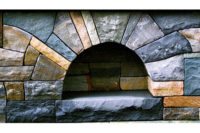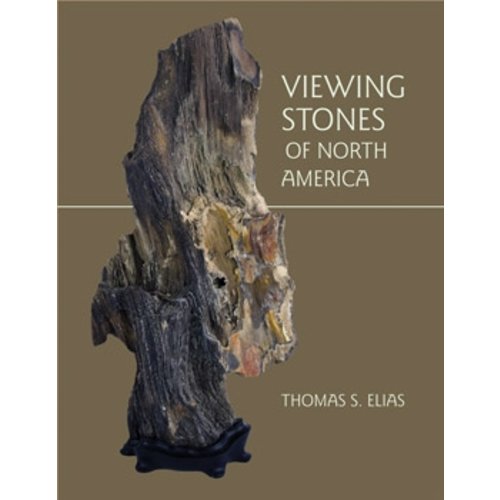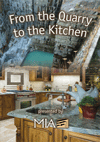Growing up in Israel, one could not avoid the natural splendor of the elements that creates our living environment. From birth, I was surrounded and inspired by the beauty and texture of Jerusalem Stone. Decades before architects and designers were looking for a natural stone of consistent color, as a young child I remember sitting on a stone counter in our kitchen. We lived in a typical modest Israeli home in the late 1950s. There were no imports of exclusive granite slabs from Italy. To build homes, Israelis depended on local stone. That is all we had, and that is what was used.
Years later, I settled in America, and I exhibited Jerusalem Stone in the U.S. a few years ago at an international trade show. We displayed various Israeli and Palestinian Stones, attaching the closest town name to the quarry and the stone -- Mitzpe Ramon Grey and Mitzpe Ramon Yellow, Hebron Cream, Slaib and others. All of which we included under the category name of Jerusalem Stone. At the time we offered a narrow selection of commodities that included tiles, slabs and tumbled stone.
To our delight, designers, architects, distributors and various stone importers from around the globe expressed interest and enthusiasm. They asked many questions as to the nature of the stone. It was new to the industry at the time; a mystery, unknown except to a few leading edge companies. We captured the day; the re-birth of Jerusalem Stone.
Anyone who has visited Jerusalem could observe the warmth of this stone in ancient monuments, buildings, pathways, courtyards and holy sites. One can imagine Arab and Jewish artisans sculpting and chiseling away layers of history, every chipped stone revealing a story of the ages.
And now, the stone would be available for a contemporary lifestyle. Every possible form and texture is made available in commodities and high-end luxurious products. There are virtually no architects or designers who are not familiar with the materials, which has resulted in many high-profile projects completed with Jerusalem Stone.
To meet the ever-growing demands, new factories have emerged, each offering its individual specialties. Palestinian and Israeli quarries and manufacturers became involved in a spirit of cooperation. The quest to extract and produce this beauty formed new partnerships and removed some political barriers, and production capacities reached new levels as the Israeli/Palestinian stone industries grew stronger.
Recently, a stone association body has been formed in Israel. As part of its mandate, a list of all major quarries, their locations and stone colors has been made available, published in a unified catalogue.
In spite of the difficult political circumstances that afflict this part of the world, I still speak of Israelis and Palestinians as partners in one industry. I am often asked by concerned customers if the latest uprising will delay delivery of their orders. Obviously, the Middle East happenings cannot be taken lightly. However, based on many years of exporting Jerusalem Stone from Israel, I can say that we have never missed a shipment deadline because of the political situation.
Incidentally, the diversity of names and price levels included under the ¿Jerusalem Stone" category has been a source of puzzlement for many customers. The umbrella name of Jerusalem Gold has been used to include many types of yellow colored stone from various quarries, such as Mitzpe Ramon Yellow, Yatta, Offra, Yarka, Shyuch, Nakub, and others. (In fact, the classic Ramon Yellow is quarried approximately 100 miles south of Jerusalem, in the outskirts of the town of Mitzpe Ramon, nothing to do with Jerusalem¿s geographical location).
In the past, stone colors were known to be inconsistent and had to be carefully selected to meet the American desire for a consistent color. To remedy this, it is recommended that customers work with importers who have agreements with Israel¿s most outstanding factories.
Joshua Ziv
Quantum Stone International






